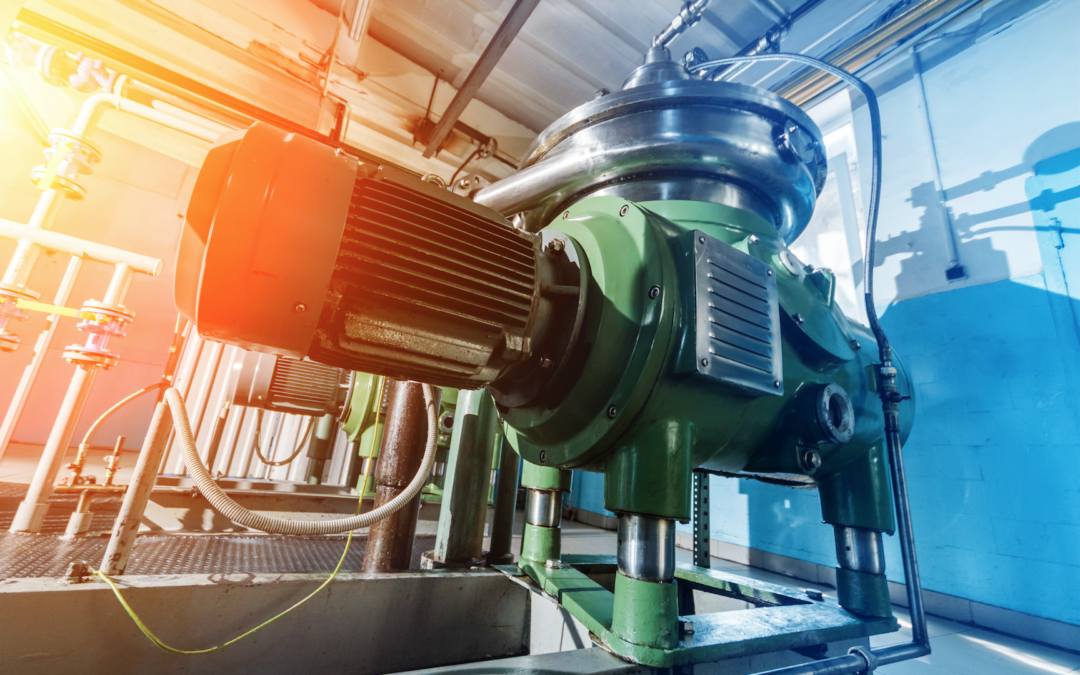Think about it: Reliable equipment is effective equipment. That means the equipment is doing what it is supposed to do, i.e., doing the right things. When equipment runs every time it’s needed and produces defect-free output at the planned production rate, it is reliable. It’s also effective.
Reliability is an equipment condition expressed as a calculation: Mean Time Between Failures (MTBF). It’s an end state or a goal for the equipment. Unfortunately, the metric associated with reliability seems to be far removed from the type of data needed for addressing the causes of un-reliability.
When we measure the reliability of a piece of equipment (or process), the measurement belongs ONLY to that equipment (or process). The MTBF calculation helps us identify poor-performing equipment and lets us see how well our reliability-improvement initiatives are working.
When equipment MTBF becomes penalizing to the business, we have to dig deeper into the data to answer what, where, when, why, how much, and how often. This is where Equipment-Effectiveness metrics come into play.
Consider the three overarching metrics associated with Equipment Effectiveness:
-
- Availability: The time when equipment can run or not (24 hrs, 7 days, 365 days)
- Efficiency Rate: The equipment production rate or speed (units/hr., CFM, FPM)
- Quality/Yield: The equipment output defect rate and raw-material waste.
Now, let’s look at the finer granularity of those overarching metrics.
1. The Availability metric can be subdivided into:
-
- Availability: capable of operating. . .
- Utilization: actually operating. . .
- Planned shutdown: PM, shift change, weekends. . .
- Downtime (planned and unplanned): Changeover, breakdowns, no operator. . .
2. The Efficiency Rate metric can be subdivided into:
-
- Reduced speed, cycle time, or output rate
- Minor stops, jams, interruptions.
3. The Quality/Yield metric can be subdivided into:
-
- Scrap output: reprocessed output, recycle, trash. . .
- Defects: product rework, lesser quality seconds. . .
- Yield: conversion waste, edge trim, process loss. . .
When we track our critical equipment’s performance with the granular Equipment-Effectiveness metrics outlined here, it makes for a short and fast journey to equipment and reliability improvement.
In other words, we’re measuring Overall Equipment Effectiveness (OEE). This equipment-performance-improvement metric was NEVER intended to be calculated as anything other than a high-level comparison of equipment performance to itself over a period of time.
Moreover, OEE was not intended as a performance goal for “world-class” plants.TRR
ABOUT THE AUTHOR
Bob Williamson is a long-time contributor to the people-side of the world-class-maintenance and manufacturing body of knowledge across dozens of industry types. His background in maintenance, machine and tool design, and teaching has positioned his work with over 500 companies and plants, facilities, and equipment-oriented organizations. Contact him directly at 512-800-6031 or bwilliamson@theramreview.com.



